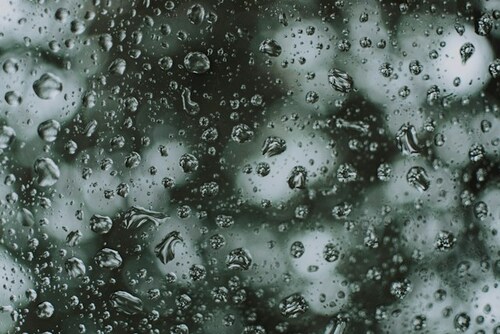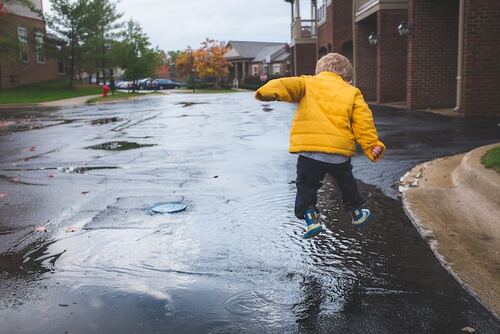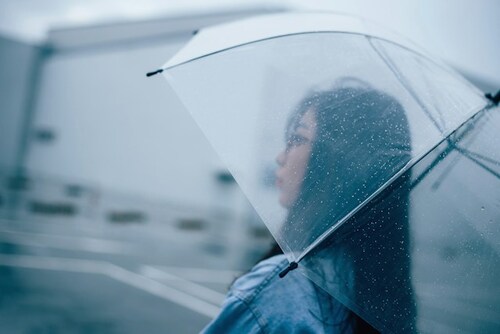The1982 movie poltergeist used real skeletons as – tymoff supernatural horror film Poltergeist continues to frighten audiences with its iconic scenes and eerie atmosphere. One persistent rumor about the production sends chills down viewers’ spines: real human skeletons were used as props. This rumor, which is frequently accompanied by whispers of curses and on-set tragedies, has captivated horror fans for decades. Is there any truth to this unsettling story?
Exploring the Rumor’s Origins
The rumor of real skeletons in Poltergeist spread quickly after the film’s release. Theories suggest that the production team chose genuine human remains over synthetic props, especially for the unforgettable swimming pool scene in which little Carol Anne Freeling floats beneath the plastic sheet. This alleged decision to achieve a more realistic effect sparked speculation and unease.
Examining the Evidence: Distinguishing Fact From Fiction
The rumor has persisted, but there is little concrete evidence to back it up. Here’s a breakdown of the major points to consider:
Lack of credible sources: There is no official documentation from the production, special effects, or prop department mentioning the use of real skeletons.
Regulations by Industry: The use of human remains as props in film productions is subject to strict regulations. Obtaining and using real skeletons would be a complex and unethical process, raising serious concerns about the film’s disregard for these protocols.
Special effects capabilities in 1982: Though not as sophisticated as modern CGI, prosthetic and special effects techniques in the early 1980s were advanced enough to produce realistic skeletons for film use.
Alternative Explanations: Some theories propose the use of animal skeletons, but this would also raise ethical concerns and necessitate permits. More likely, the props department used a variety of techniques, such as meticulously crafted artificial skeletons and novel special effects methods.
The Haunting Legacy of The Rumor
Despite the lack of solid evidence, rumors of real skeletons in Poltergeist have become ingrained in the film’s lore. It adds another layer of unease to the viewing experience, blurring the line between cinematic fiction and disturbing reality.
The rumor has also fueled speculation about a curse that is affecting the production. Several cast members, including young actress Dominique Dunne (Dana Freeling) and special effects artist Craig Reardon, died tragically in the years after the film’s premiere. While these events are undeniably sad, they are most likely unrelated to the film and more a result of unfortunate coincidences.
The enduring power of Poltergeist
The 1982 movie poltergeist used real skeletons as – tymoff is still regarded as a horror film milestone, with acclaim for its groundbreaking special effects, relatable characters, and truly unsettling atmosphere. The rumor of real skeletons, while unfounded, adds to the film’s mystique and lasting legacy. It serves as a reminder of the power of suggestion and the enduring appeal of urban legends in pop culture.
Beyond the Skeletons: Examining the Film’s Special Effects
Poltergeist’s special effects were groundbreaking for their time. The film’s crew, led by the legendary special effects artist Richard Edlund, invented techniques that are still studied and admired today.
Miniature Sets and Stop-Motion Animation: In the iconic scene in which the Freeling family home is devoured by an unseen entity, intricate miniature sets and stop-motion animation were used to create a seamless illusion of a collapsing structure.
The Use of Invisible Wires and Rods: Many of the film’s seemingly supernatural movements, such as objects flying through the air, were made possible by the careful manipulation of invisible wires and rods just out of frame.
Early Compositing Techniques: Poltergeist demonstrated groundbreaking advances in compositing, which is the process of combining live-action footage with special effects elements. This enabled the development of realistic and disturbing imagery, such as the spectral apparitions that haunt the Freelings.
The special effects team’s dedication and ingenuity produced a film that continues to impress audiences decades later. Their work on Poltergeist demonstrates the power of practical effects and their ability to create truly terrifying and convincing cinematic experiences.
The 1982 movie poltergeist used real skeletons as – tymoff Conclusion: a legacy of horror and innovation.
The rumor of real skeletons in Poltergeist may be a Hollywood urban legend, but it unquestionably contributes to the film’s chilling mystique. The true impact of Poltergeist stems from its groundbreaking special effects, relatable characters, and timeless exploration of the horrors that can lurk within the seemingly ordinary. Whether true or not, the skeletons of Poltergeist serve as a reminder of the film’s enduring ability to frighten and captivate audiences.
10 Spooky FAQs About Poltergeist Skeletons
Is it correct that real skeletons were used in Poltergeist?
There is no evidence to back up this rumor. While it adds to the film’s creepy atmosphere, it is most likely a Hollywood urban legend.
Why did the rumor about real skeletons spread?
The exact origin of the rumor is unknown, but it was most likely motivated by a desire for increased realism and the unsettling nature of the swimming pool scene.
Isn’t using real skeletons illegal?
Yes, there are strict regulations that govern the use of human remains as props. Obtaining genuine skeletons would be a complicated and unethical process.
Weren’t special effects good enough in 1982 to make fake skeletons?
While not CGI, special effects in the early 1980s were advanced enough to produce realistic skeletons. Poltergeist most likely employed a variety of techniques, including artificial skeletons and innovative special effects.
Is there any truth to the Poltergeist curse rumors?
Several cast members died following the film, but these were most likely tragic coincidences rather than the result of a curse.
What special effects appeared in Poltergeist?
The film used pioneering techniques such as miniature sets with stop-motion animation, invisible wires for flying objects, and early compositing for ghostly apparitions.
What makes Poltergeist such a frightening film?
The horror in Poltergeist stems from relatable characters, an unsettling atmosphere, and special effects that blur the lines between reality and the supernatural.
Why has the rumor of real skeletons persisted?
The rumor appeals to our fear of death and the unknown. It adds an extra layer of creepiness to the film and highlights the power of urban legends.
Is the rumor of real skeletons adding to the film’s horror?
Whether true or not, the rumor unquestionably adds to the film’s eerie and unsettling atmosphere. It makes viewers wonder and question the distinction between movie magic and disturbing reality.
What can we conclude from the Poltergeist skeleton rumor?
The ability of the 1982 movie poltergeist used real skeletons as – tymoff to both terrify and entertain has left an indelible mark. The rumor of real skeletons, while false, serves as a reminder of the film’s power and the allure of Hollywood mysteries.










